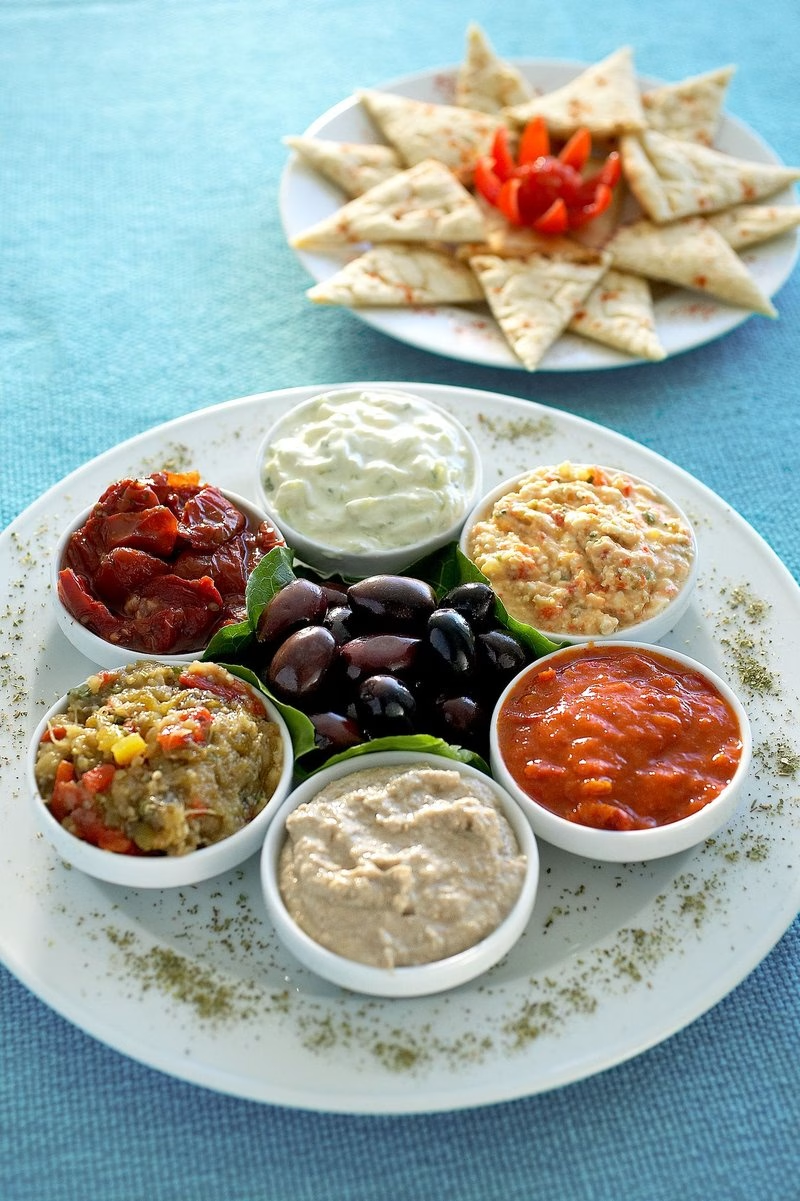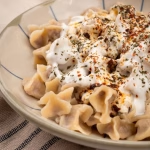
Have you ever found yourself enchanted by the vibrant spread of Meze at a Mediterranean restaurant? This delightful assortment of small dishes has won hearts across the globe, and for good reason! Originating from the Eastern Mediterranean, particularly in countries like Turkey, Greece, and Lebanon, Meze offers a tantalizing taste of various flavors and textures, bringing a touch of traditional communal dining to the table.
In this article, we’ll dive deep into Meze ingredients, explore popular Meze variations, and guide you through the process of learning how to make Meze at home. Get ready to impress your guests and tantalize your taste buds with this incredible culinary tradition!
Ingredients
| Ingredient | Description |
|---|---|
| Chickpeas (1 can, drained) | Chickpeas are a staple in many Meze dishes, providing a creamy base for classic dips like hummus. |
| Tahini (1/4 cup) | This sesame paste gives a rich, nutty flavor that enhances the depth of any Meze sauce. |
| Fresh Garlic (2 cloves) | Fresh garlic enhances the aroma and depth of flavor in Meze offerings. |
| Lemon Juice (2 tablespoons) | Bright and tangy, lemon juice cuts through the richness of Meze recipes, bringing balance. |
| Olive Oil (1/4 cup) | High-quality olive oil not only adds flavor but also contributes to the authenticity of homemade Meze. |
| Fresh Parsley (1/4 cup, chopped) | Parsley adds freshness and a pop of color, making your Meze platter visually appealing. |
| Spices (Cumin, Paprika, Salt, and Pepper) | These spices are essential for bringing warmth and complexity to your Meze dishes. |
Step-by-Step Instructions
- Prepare the Ingredients – Start by gathering all your ingredients. Rinse and drain the chickpeas, chop the parsley, and mince the garlic. This simple prep will set you up for success and ensure a smooth cooking process.
- Make the Hummus – In a blender or food processor, combine the chickpeas, tahini, garlic, lemon juice, and olive oil. Blend until smooth and creamy. If it’s too thick, add a bit of water to achieve your preferred consistency. This will be a highlight of your homemade Meze.
- Season to Taste – Add salt, pepper, cumin, and paprika to your hummus, blending again until everything is well incorporated. Taste and adjust seasoning as needed—remember, this is about creating flavors you love!
- Prepare Additional Dishes – While the hummus is resting, consider other popular Meze dishes, such as tzatziki (a yogurt cucumber dip), baba ganoush (smoky eggplant dip), or fresh tabbouleh (a refreshing salad). Each of these offers a unique taste experience that complements the others beautifully.
- Assemble & Serve – Using a large plate or platter, artfully arrange your hummus and any other dips or salads you’ve prepared. Drizzle some olive oil over the hummus and sprinkle with fresh parsley for that final touch. Serve your Meze with warm pita bread, crunchy veggies, and olives for a delightful dining experience.
Pro Tips
- For a smoother hummus, peel the chickpeas before blending. It’s a little extra effort but well worth it!
- Experiment with spices! A dash of sumac or za’atar can elevate your dip to a whole new level.
- Make sure to let your dips chill in the fridge for a bit before serving—they will taste even better once the flavors meld!
- Don’t shy away from garnishing with fresh herbs or nuts for added texture and flavor.
- Consider offering a variety of dips to cater to different taste preferences, including spicy or mild options.
Nutritional Information
| Nutrient | Per Serving (Approx. 100g) |
|---|---|
| Calories | 180 kcal |
| Protein | 5g |
| Carbohydrates | 20g |
| Saturated Fats | 1g |
| Fiber | 5g |
| Cholesterol | 0mg |
| Sugars | 1g |
| Total Fat | 8g |
FAQs
What is the best way to store Meze?
Store leftover Meze in an airtight container in the fridge for up to three days. For longer storage, consider freezing individual dips.
Can Meze be made vegan or gluten-free?
Absolutely! Most Meze recipes are naturally vegan and gluten-free, especially dips like hummus or baba ganoush. Just ensure your serving accompaniments like bread are gluten-free.
What are the best side dishes to serve with Meze?
Pita bread, fresh vegetables, and assorted olives are traditional. You could also offer stuffed grape leaves or grilled skewers for variety.
How long does it take to prepare Meze?
Preparation can take around 30-45 minutes, depending on the number of dips and salads you want to prepare.
Can I freeze Meze for later?
Yes, many Meze dishes like hummus freeze well. Thaw in the fridge overnight before serving.
What drinks pair well with Meze?
Light wines such as a crisp white wine or even a refreshing cocktail can complement the flavors of Meze impeccably.
How can I make my Meze more colorful?
Include a variety of colorful vegetables and herbs in your platter. Red bell peppers, purple cabbage, and bright green parsley can liven up your spread.
What is the origin of Meze?
Meze has its roots in Mediterranean cuisine, with diverse interpretations found in Turkey, Greece, and Lebanon, embodying the region’s rich culture and sharing traditions.
Now that you have this easy-to-follow guide, it’s time to bring the vibrant flavors of the Mediterranean to your kitchen! Meze is not just a meal; it’s an experience, perfect for gatherings and cozy nights in. So why wait? Grab those ingredients and start creating your own delicious spreads. Tried this Meze recipe? Let us know your experience in the comments!






